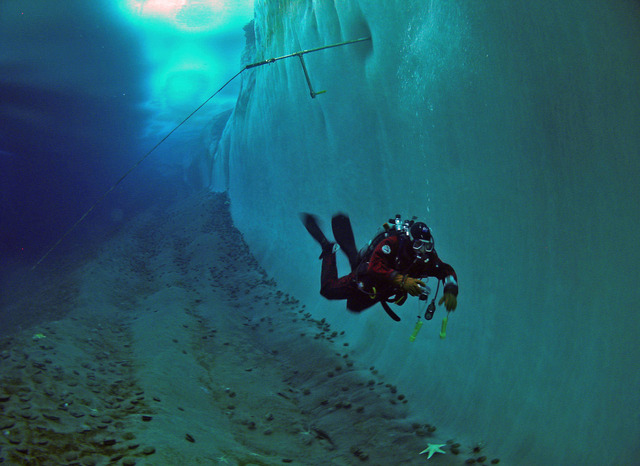Film Review: Encounters At The End Of The World
The Icy Observations Of Werner Herzog


I’ve seen snowier.”
Latest Article|September 3, 2020|Free
::Making Grown Men Cry Since 1992


I’ve seen snowier.”